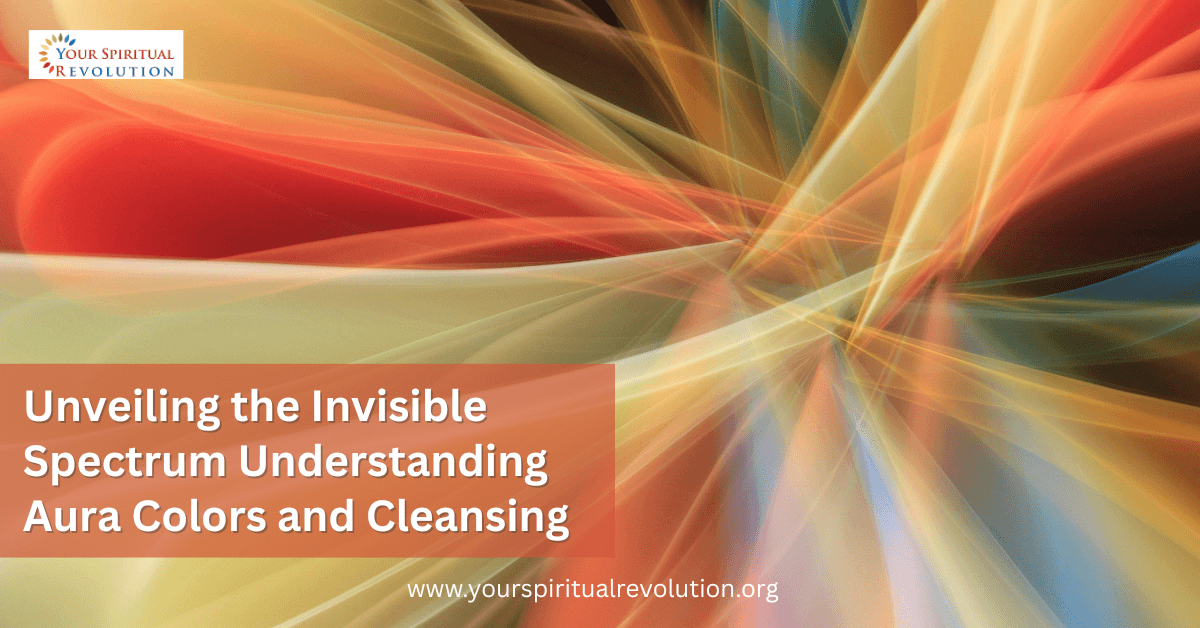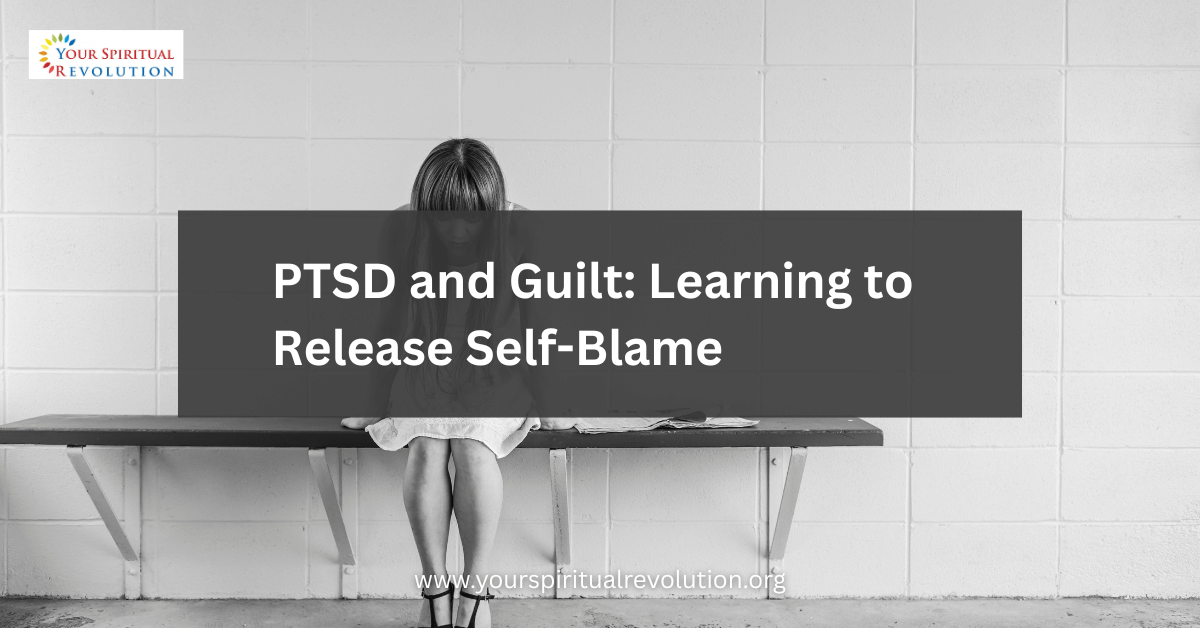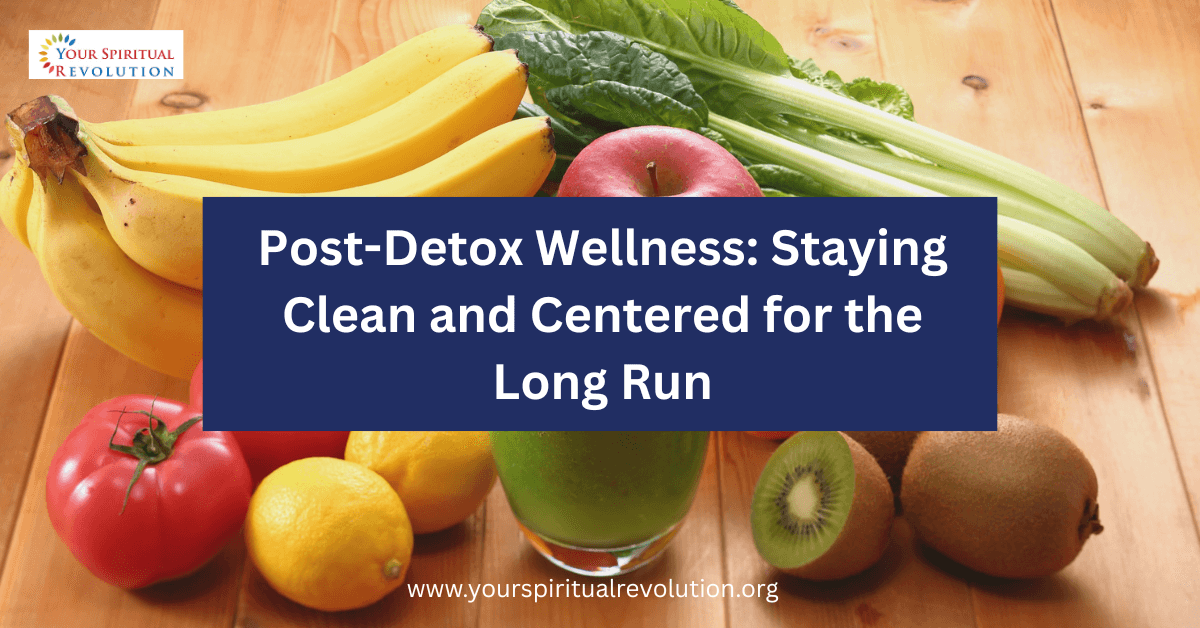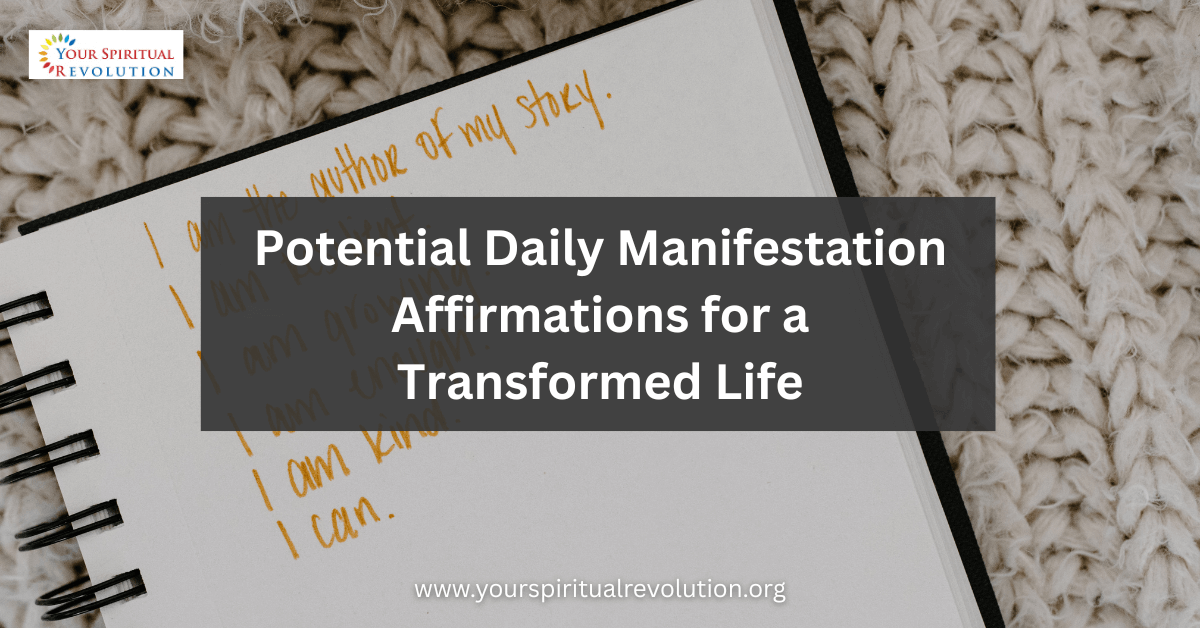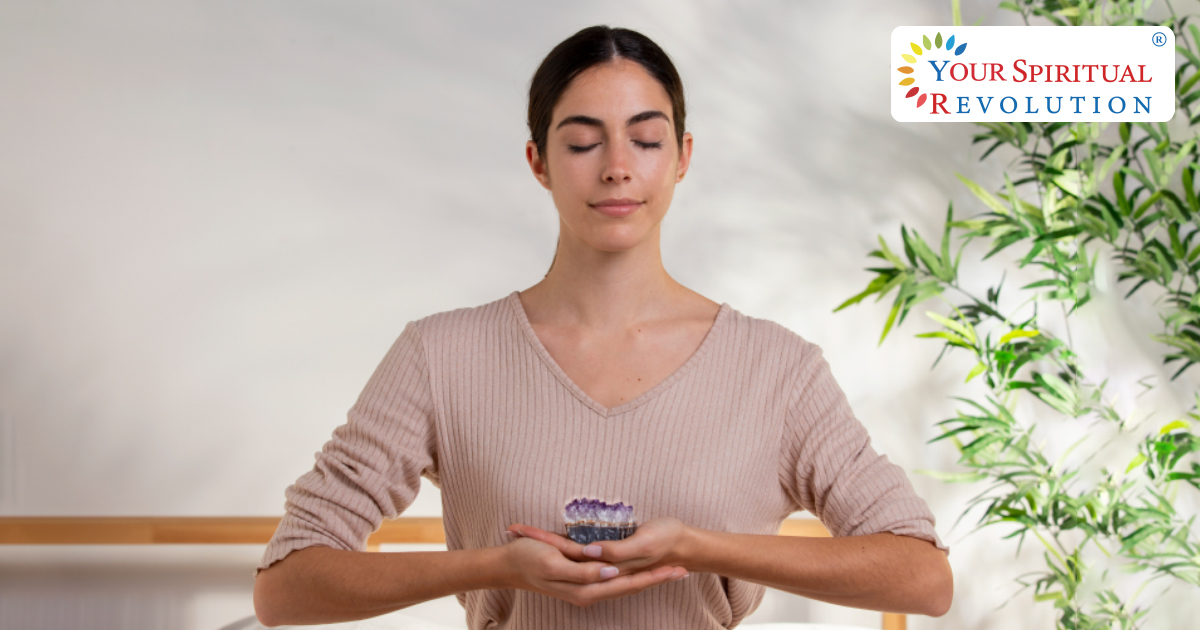PTSD is a mental health condition that develops after experiencing or witnessing a traumatic event. It can result from war, assault, abuse, natural disasters, accidents, or any experience that overwhelms a person’s sense of safety and control.
Guilt in PTSD isn’t just emotional—it’s deeply tied to the way the brain processes trauma. When something traumatic happens, especially if it involves loss, harm, or helplessness, the mind often scrambles for answers. And when no logical explanation is available, it can turn inward.
Feeling guilty for surviving when others didn’t. This is especially common among veterans, accident survivors, and people who lived through disasters.
> “Why am I here when they’re not?”
Believing you didn’t do enough to stop what happened—even when it was out of your control.
> “I should have done more. I should have known.”
Feeling bad about how you reacted during or after the trauma—freezing, fleeing, or struggling to cope.
> “I was weak. I failed.”
These thoughts may not reflect reality, but they feel real, and they can be incredibly painful.
Guilt has a way of making trauma feel like your fault—even when it wasn’t. It gives the illusion of control in a situation where you had none. If you can blame yourself, then maybe, just maybe, there was something you could have done differently.
But that’s not how trauma works. Most traumatic events are sudden, overwhelming, and unpredictable. They take away choice. They rob you of control. And yet, the human mind still tries to make sense of them—even if it means blaming itself.
📊 In a study published in Psychological Trauma: Theory, Research, Practice, and Policy, researchers found that higher levels of guilt were strongly linked to more severe PTSD symptoms, including depression and suicidal thoughts [2].
During trauma, the brain often defaults to fight, flight, freeze, or fawn. These are not conscious decisions—they are instinctive, protective reactions.
You didn’t freeze because you were weak. You froze because your brain was doing its best to keep you alive.
Self-compassion is not self-pity. It’s simply treating yourself with the same kindness you’d offer a friend.
Try saying:
> “I did the best I could with what I knew and what I had.”
> “I didn’t cause the trauma. I survived it.”
> “Healing means I don’t have to carry this blame forever.”
📊 A 2018 study in Mindfulness journal found that self-compassion was strongly linked to lower PTSD symptoms and helped people cope more effectively with trauma-related guilt [3].
Sometimes guilt masks deeper feelings—grief, sorrow, or helplessness. Give yourself space to feel those emotions. You don’t have to carry the weight alone. Support groups, therapy, writing, or gentle movement (like yoga) can help release what’s stuck inside.
Guilt is a common part of the PTSD experience—but it’s not the whole story. The truth is, trauma was something that happened to you, not something you chose. And healing means giving yourself permission to put down the burden of self-blame.
You are not your trauma. You are not your guilt.
You are a human being who lived through something incredibly hard—and you deserve peace.
[1] National Center for PTSD. “Understanding PTSD and Guilt.” U.S. Department of Veterans Affairs. https://www.ptsd.va.gov
[2] Bryan, C. J., et al. (2015). “Guilt, Shame, and Suicidal Ideation in PTSD.” Psychological Trauma, 7(6), 618–626. https://doi.org/10.1037/tra0000050
[3] Held, P., & Owens, G. P. (2018). “Effects of self-compassion on trauma-related guilt in veterans.” Mindfulness, 9(5), 1401–1410. https://doi.org/10.1007/s12671-017-0880-4
